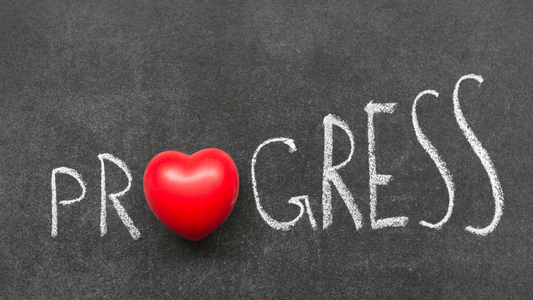In the demanding landscape of healthcare, professionals confront a myriad of challenges, with the physical implications of in-bed patient care leading the pack. The mounting cases of handling injuries and musculoskeletal disorders necessitate a decisive shift in current thinking and practices.
This article explores the current ergonomic design in in-bed care with a long-term, sustainable view.
Designing out musculoskeletal issues

The physical demands inherent in in-bed care pose a silent yet persistent threat of chronic injuries amongst nurses and caregivers. Involving elements such as improper posture, repetitive labor, and efforts that counteract gravity, these demands can lead to substantial tissue and muscle damage. Fascia damage is a prevalent outcome, potentially leading to debilitating conditions like fibromyalgia.
Designing beyond the limitations of current approaches

While these problems are acknowledged, traditional solutions continue to heavily lean on human behavior and strict adherence to training protocols. Despite the importance of training and compliance, they aren't foolproof. Even with rigorous checks, behavioral drift is inevitable. Also, current practices often work against gravity, requiring significant physical effort and thereby escalating musculoskeletal stress.
The imperative of intuitive, ergonomic design

The healthcare sector needs a design-focused shift, taking cues from the consumer industry and placing intuitive design at the heart of innovation. By creating products designed to harmonize with the natural biomechanics of the human body and guide the user towards correct usage instinctively, we can ensure safety and efficacy consistently.
Introducing a new approach: The Biotechsis® System

The Biotechsis® System represents this design-driven change in ergonomics and in-bed patient care. It employs the philesynergetic approach, working with the power of gravity instead of against it. This design eliminates the necessity for caregivers to manually move patients, significantly reducing physical strain and risk of injury.
The transformative impact of the Biotechsis® System on in-bed care

The Biotechsis® system marks a new era in in-bed care with its user-centric design. It naturally steers caregivers towards correct procedures, thus curtailing the inclination to take shortcuts and leading to less behavioral drift. The design greatly eases the physical strain on caregivers by minimizing manual patient handling, reducing the probability of fatigue-induced protocol deviations.
Also, the Biotechsis® system enables single-carer operation, simplifying the care process and reducing protocol drift that may occur with multiple caregivers. Combined with antimicrobial and self-sanitizing surfaces, the Biotechsis® system sets a new standard in providing consistent, high-quality in-bed patient care.
Looking ahead: The future of in-bed care

Adopting a design-driven, ergonomic approach like the Biotechsis® system is not merely a change in equipment—it's a paradigm shift in how we perceive and administer in-bed patient care. This future-focused approach aligns with the vision for healthcare, aiming to proactively prevent rather than manage the musculoskeletal risks caregivers encounter.
This transition isn't about assigning blame but acknowledging limitations in existing practices and advancing patient care standards. The Biotechsis® system is an innovative solution that paves the way for progress in in-bed care without attributing fault.
Improving in-bed patient care is a challenging journey, but with the promise of design-focused systems like Biotechsis®, we can look forward to a brighter future. It's a step towards safer, more efficient patient care, enhancing working conditions for our devoted caregivers, and setting a new standard in healthcare ergonomics.
Let's "design" our way to better healthcare, doing the right thing rather than just doing things right.





